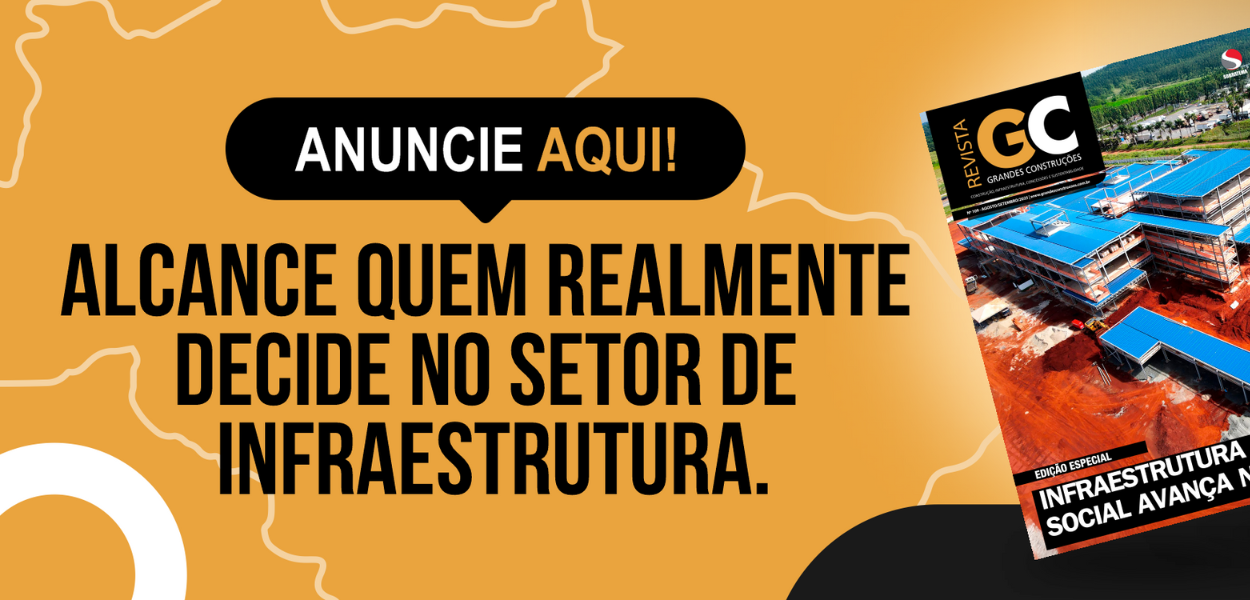A new chance for sulfur
Since long time ago, sulfur has a negative reputation, being even associated to the devil. According to Hugh Aldersey-Williams, writer of the book Histórias Periódicas (Periodical Stories), this chemical element is mentioned fourteen times in the Bible, none of them in a positive way. As a by-product of oil and gas refining and of coal thermal power plants, sulfur is a heavy burden for the environment. Thirty years ago, the Bureau of Mines—agency of U.S. Government specialized in mining—developed a concrete with sulfur-based polymer. This solution would be a key to solve an old problem. Since the devil is in the details, concrete with sulfur-based polymer faced several barriers, including the high cost of the additive dicyclepentadiene (DCPD).
For the American company Sulfcrete, more restrictions are the best. The company says that barriers were overcome, since its technologic path does not use DCPD. Therefore, the market would be prepared to use—in a feasible way—a huge amount of sulfur residues that already reached 21 million metric tons. With the trade mark Sulfcrete, the material may be used in several lines of production, from precast concrete elements to road paving, passing by the agricultural market. Its uses also include ore processing plants and other aggressive environments where conventional concretes are not an appropriate choice. Technical advance allows also the company to face punitive environmental standards. Current acts issued by president Obama, for example, became more restrictive, establishing that the sulfur content of refined fuels would be reduced from 30 parts per billion (PPB) for just ten parts per billion.
Headquartered in the state of New York, Sulfcrete may be classified as a start-up company with innovative technologic profile, which is receiving the attention of investors interested in new borders of R&D. In the case of its product, it recovered a technology that was started more than three decades ago, modifying it to develop a new product with differentials such as twice the resistance of concrete produced with Portland cement. The rank of positive features—according to the manufacturer—also includes high resistance in environments containing salt or acids that may cause corrosion. Quite low permeability, quick time of cure and high recyclability (up to 75 percent of composing materials) are other benefits.
The technologic secret of Sulfcrete was born in the Department of Climatic and Environmental Sciences of the Brookhaven National Laboratory (BNL). When it started to use alternative organic additives costing one percent of the cost of DCPD—used till that time—the project took off. An article of the Long Island Press portal (www.longislandpress.com) in the last year shows that Sulfcrete could receive US$100,000 from incentive funds for research and from investors. Before this input, companies passed by an evaluation carried out by experts and by an analysis about the status of intellectual property. In the article, Sulfcrete is pointed as a spin-out of BNL.
Note: The company would have already receive an input of US$ 150,000 from the National Science Foundation, confirming the feasibility of its technology.

Av. Francisco Matarazzo, 404 Cj. 701/703 Água Branca - CEP 05001-000 São Paulo/SP
Telefone (11) 3662-4159
© Sobratema. A reprodução do conteúdo total ou parcial é autorizada, desde que citada a fonte. Política de privacidade










